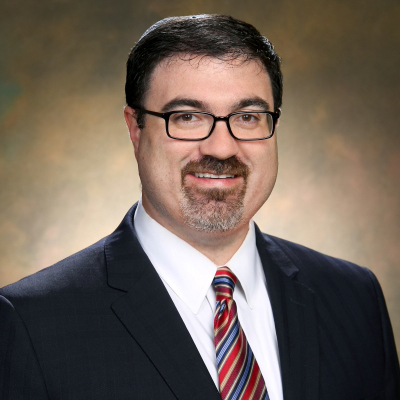In the month of Elul, the month that leads to the High Holy Days, we read from the Torah portion in Deuteronomy, Parshat Re’eih, which commands us to Re’eih, “to see.” Perhaps, to Re’eih/see is the perfect message leading up to the High Holy Days. All of us want to be seen and known and loved for who we are and what we bring to the world. The gift of this season begins with the spiritual work recognizing the gifts of our lives, to prioritize the health and psychological wellbeing of our body and mind, to be kinder and gentler and more nurturing to the only vessel we have. To “see” ourselves more clearly means seeing the complexity of our lives – the good and the less than ideal together. Each of us had proud moments and moments we wish we could “do over.”
The opportunity of the High Holy Days is to see ourselves anew, to choose to engage in healthy behaviors, to act ethically and courageously, to see the ways that we can be a blessing for those we love, for our community, and for others. We explore – Re’eih/see – our own souls and choose to recognize the fullest possibility of our lives in a new light. That is the transformative opportunity ahead, an honest inward exploration and the optimistic sense that we can yet become who we want to be.
The author, Valerie Kaur, wrote beautifully in her book, See No Stranger, that “You don’t need to know people in order to grieve with them. We can grieve with them, in order to know them.”
What if we recognized that part of work of “seeing” in this season, is understanding that the people around us are engaged in the same introspective work? Thus, to “see,” means wondering about the experience of our partners, our parents, our children, our co-workers, and our neighbors with the same questions we might ask of ourselves: What motivates them? What might they love and fear losing? What has their life been like? What are they celebrating and what are they mourning? What challenges have they overcome and what obstacles are they still facing?
When we imagine their lives and listen to their stories, we may compassionately recognize that most people make mistakes just like us. Most people have had love and loss just like us. To see others is to empathetically understand that everyone acts out of their own self-interests, their own pains, and their own fears. Seeing is about expanding the circle of people whom we see as a part of our journey, to love beyond ourselves by recognize that we may have differences, but we are connected by the fact that we are human, and we are, every one of us, created in the image of God. We do not have to love and agree with people with whom we disagree, but we can see them as we would hope others see us too, as complex and multi-dimensional people.
May our seeing at this High Holy Day season help us to see the good in ourselves and the good in other people. May we see ourselves in the mirror with generosity and kindness. And may we greet each other in the hallways of our community with a generous smile, a listening ear, a warm embrace, and a kind heart as we celebrate that our community is made whole through seeing ourselves and one another more fully.




